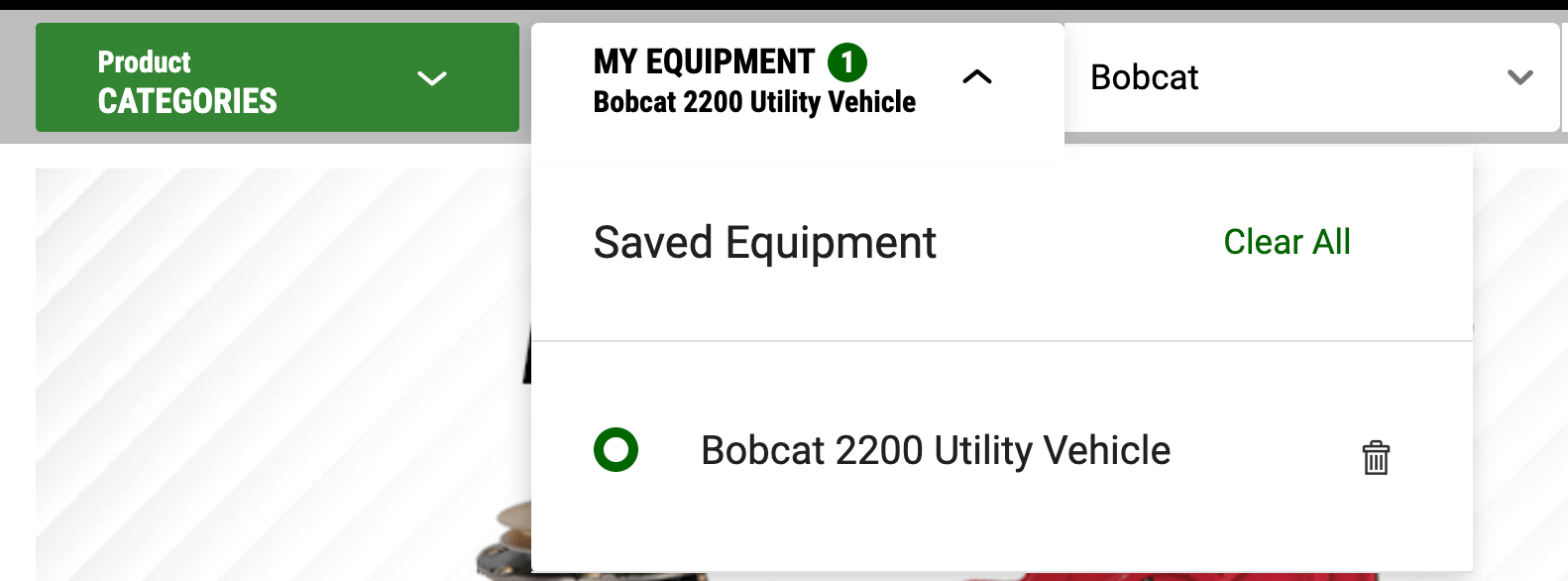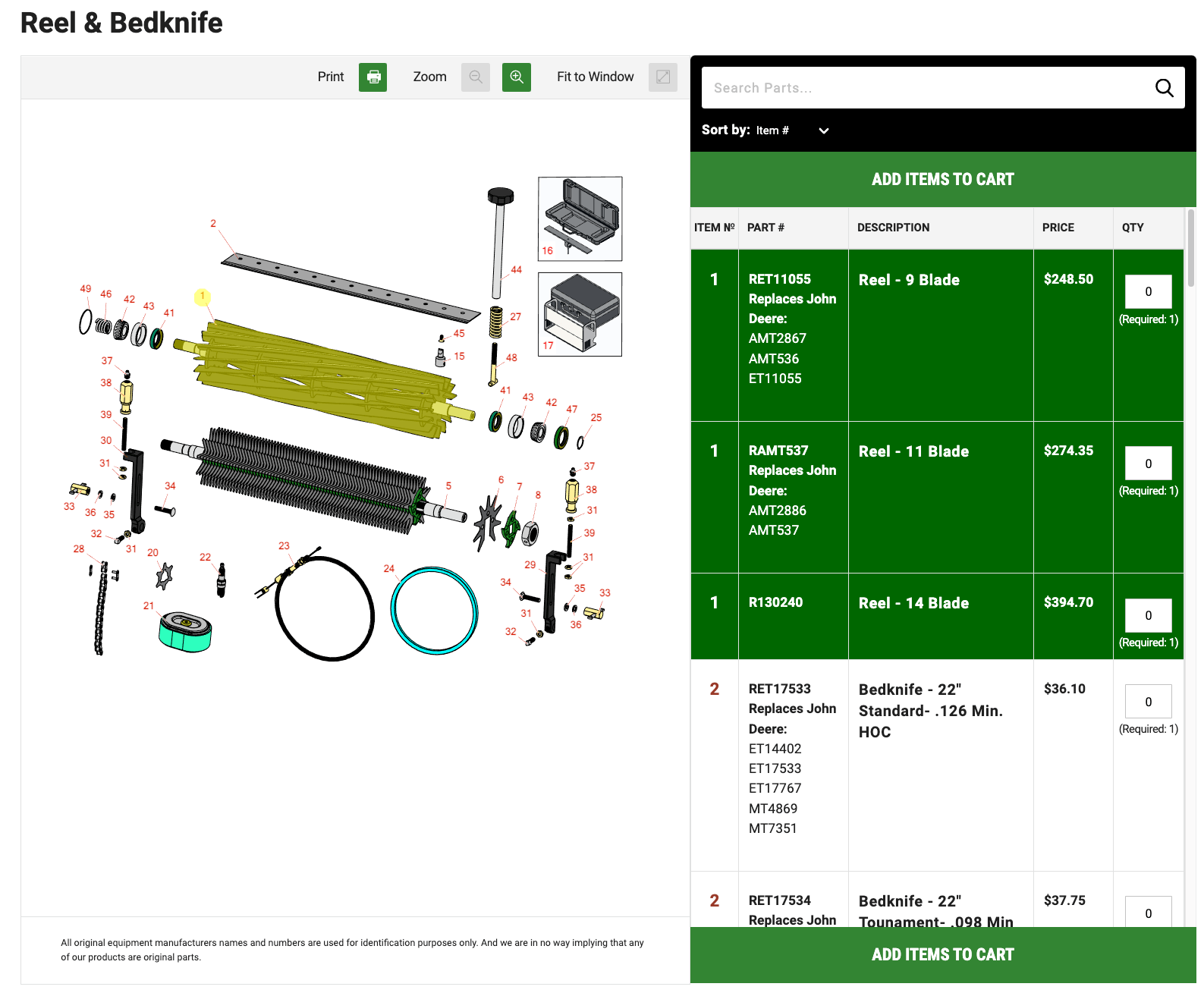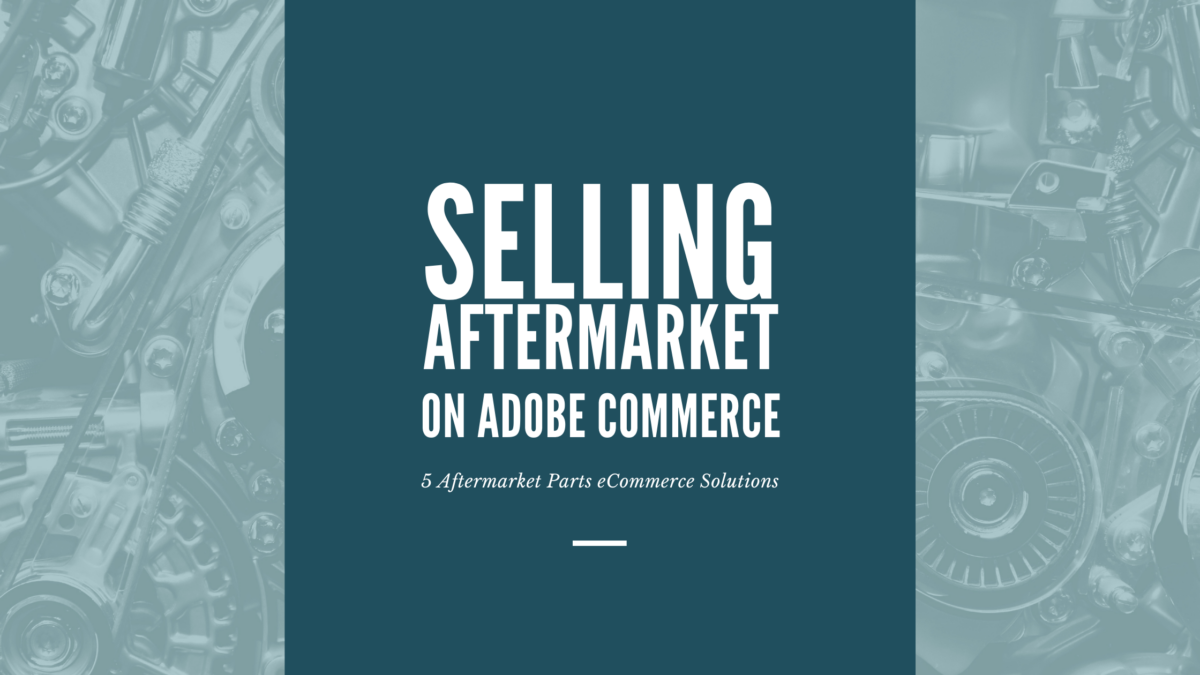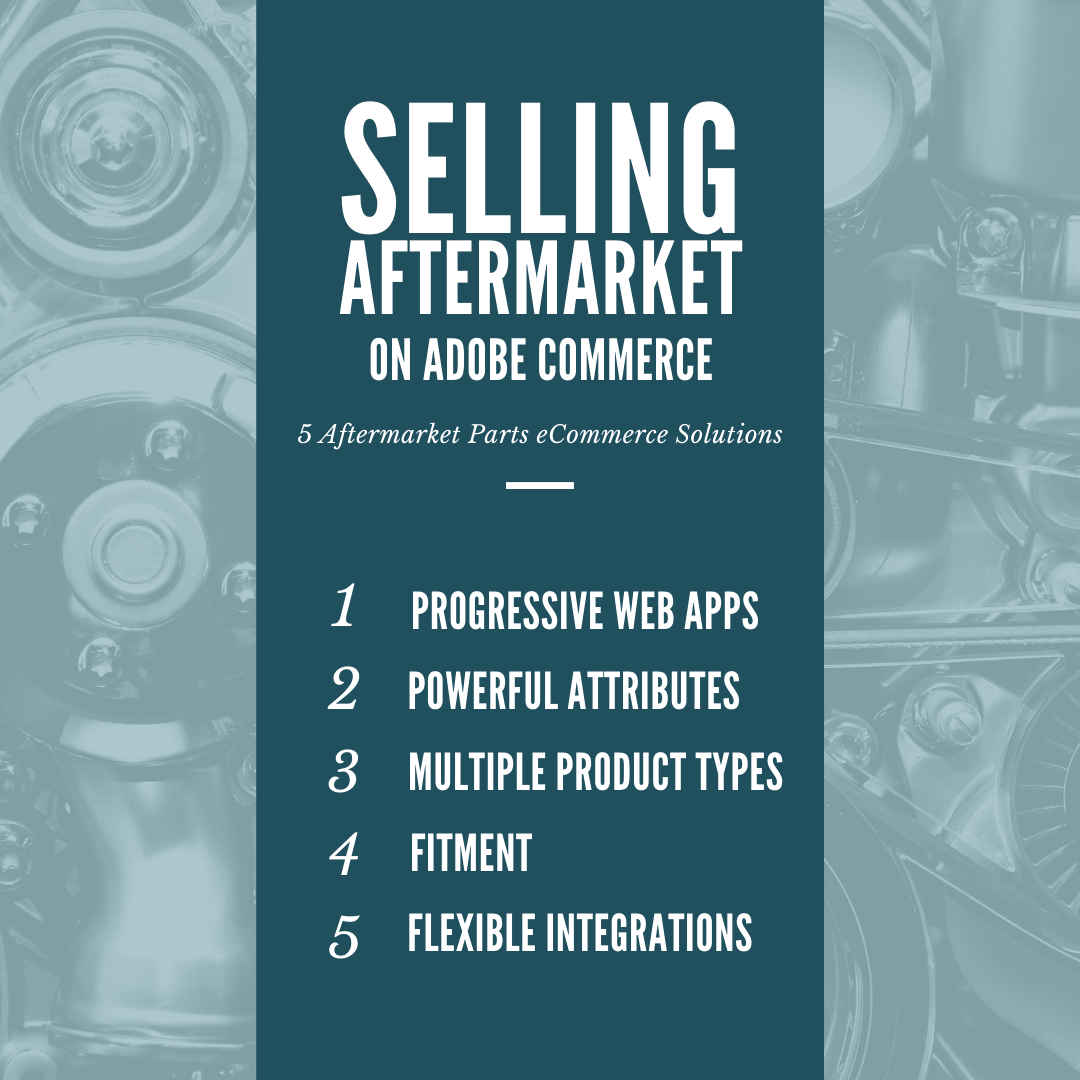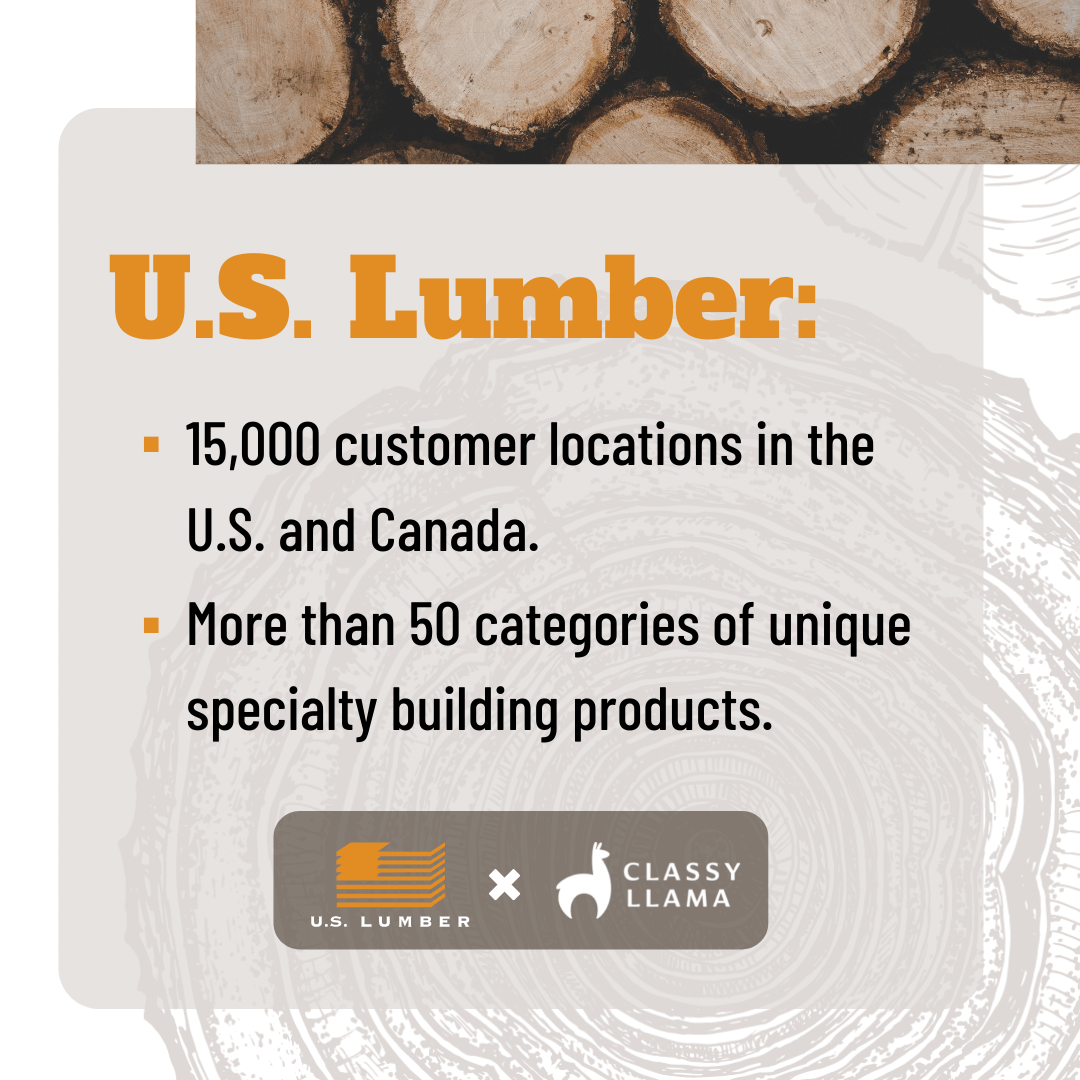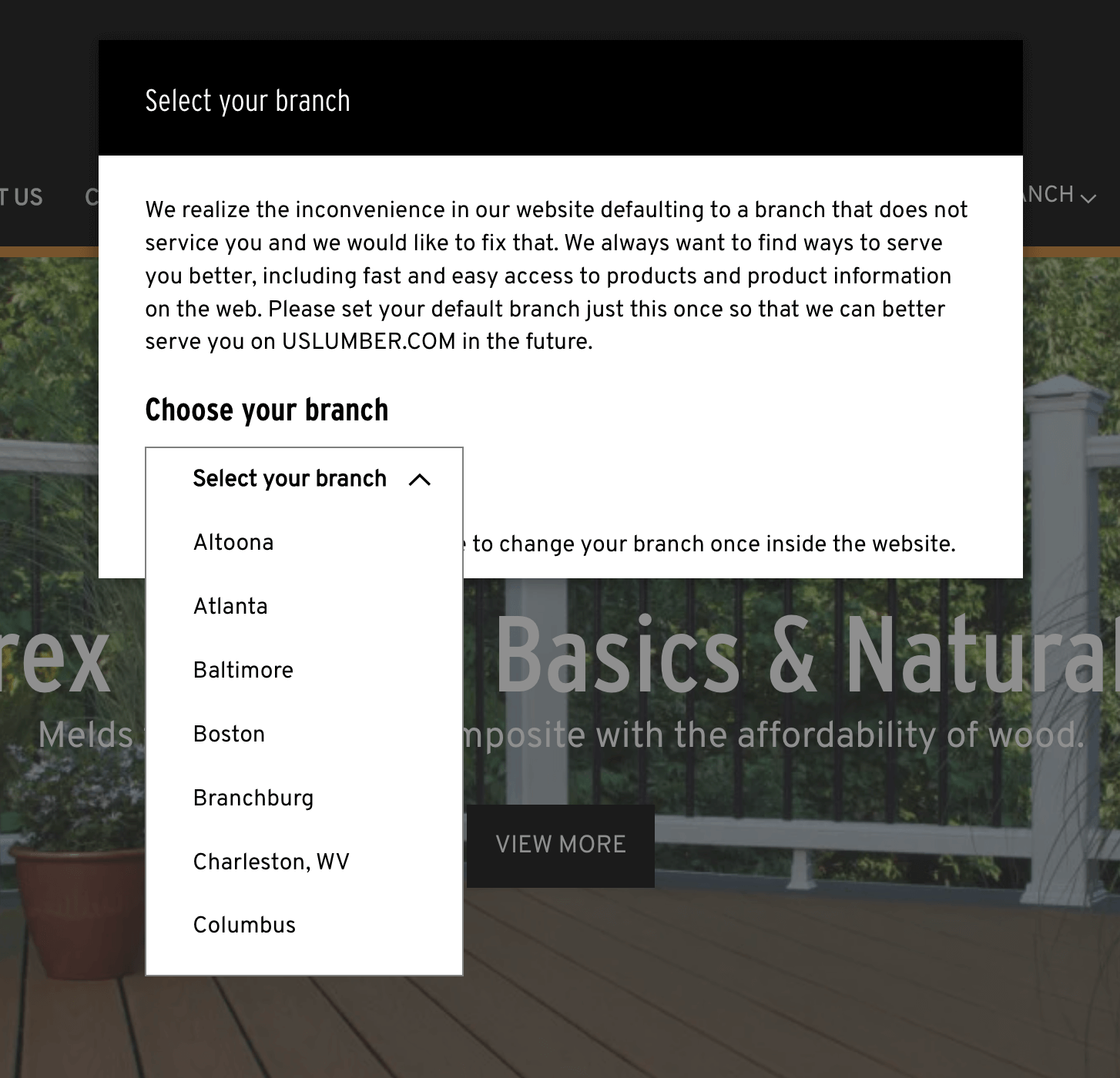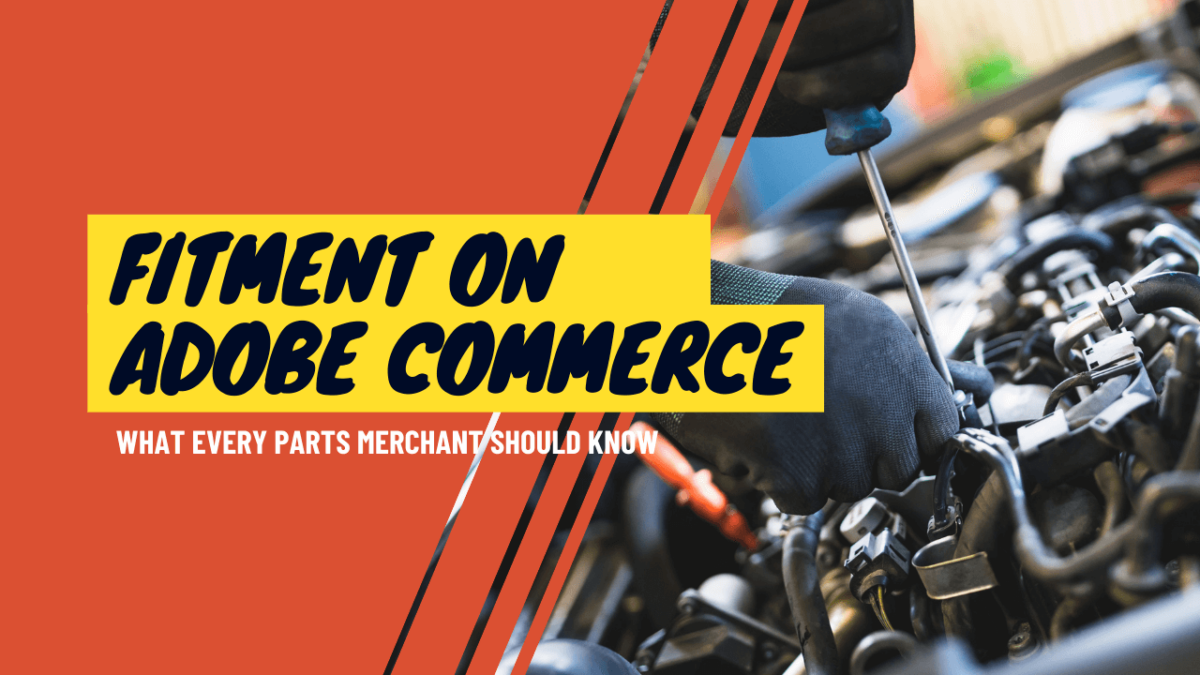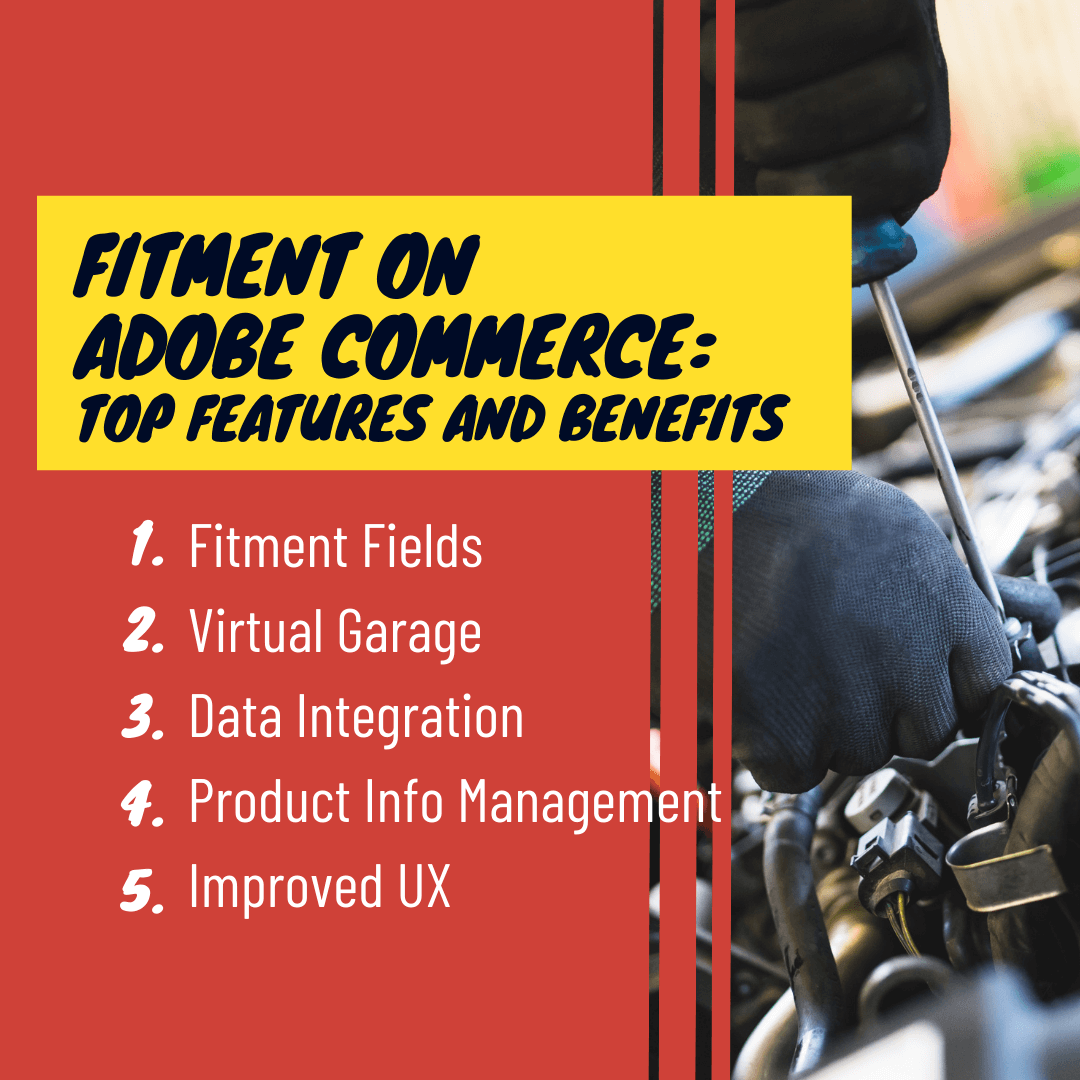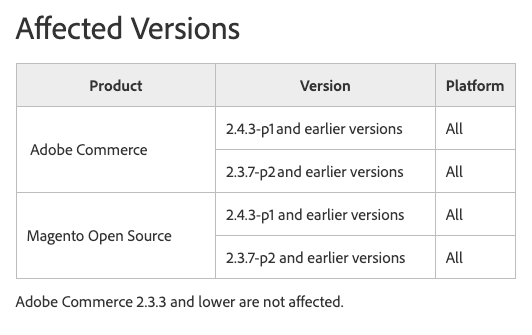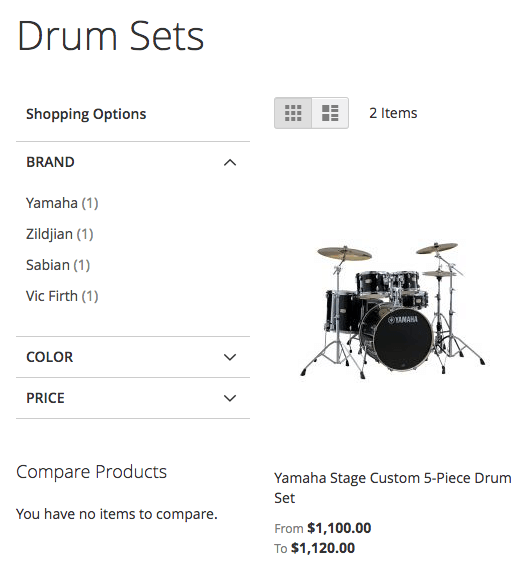Full-service eCommerce Support for Ammunition Depot
Like many eCommerce brands with big growth goals, Ammunition Depot realized they weren’t on a platform that could scale along with their business.
As they expanded their product lines and found themselves needing to add more categories and SKUs, they realized they needed to make a move. They had limited eCommerce development support for their current PrestaShop platform, along with big dreams to become the Amazon of ammunition, so they turned to Classy Llama for help.
ON A MISSION TO PROTECT
Ammunition Depot was founded by freedom-loving Americans who believed two things: (1) it is every American’s right and responsibility to defend themselves, their family, and their country; and (2) without ammunition, none of that is possible.
With seven children between them, the owners of Ammunition Depot felt very strongly about the responsibility of keeping families safe.
Therefore, from their founding, it’s been their goal and mission to provide the American public access to high-quality ammunition at the lowest possible price with the best customer service they have ever experienced. Ammo Depot isn’t interested in simply providing the best service in their industry—they’re goal is to provide the best service anywhere. Ever. Period.
As Ammunition Depot has grown over the years, they’ve also had the chance to pursue other passions through their brand’s success, like creating numerous jobs for their hard-working community in Florida, as well as supporting many charities and foundations for veterans, law enforcement, and the shooting sports.
In 2018, when the Ammo Depot team knew it was time to push their growth goals forward so they could continue to create jobs, support their community, provide superb customer service, and the lowest prices possible, they knew it was time to say goodbye to their limited eCommerce platform.
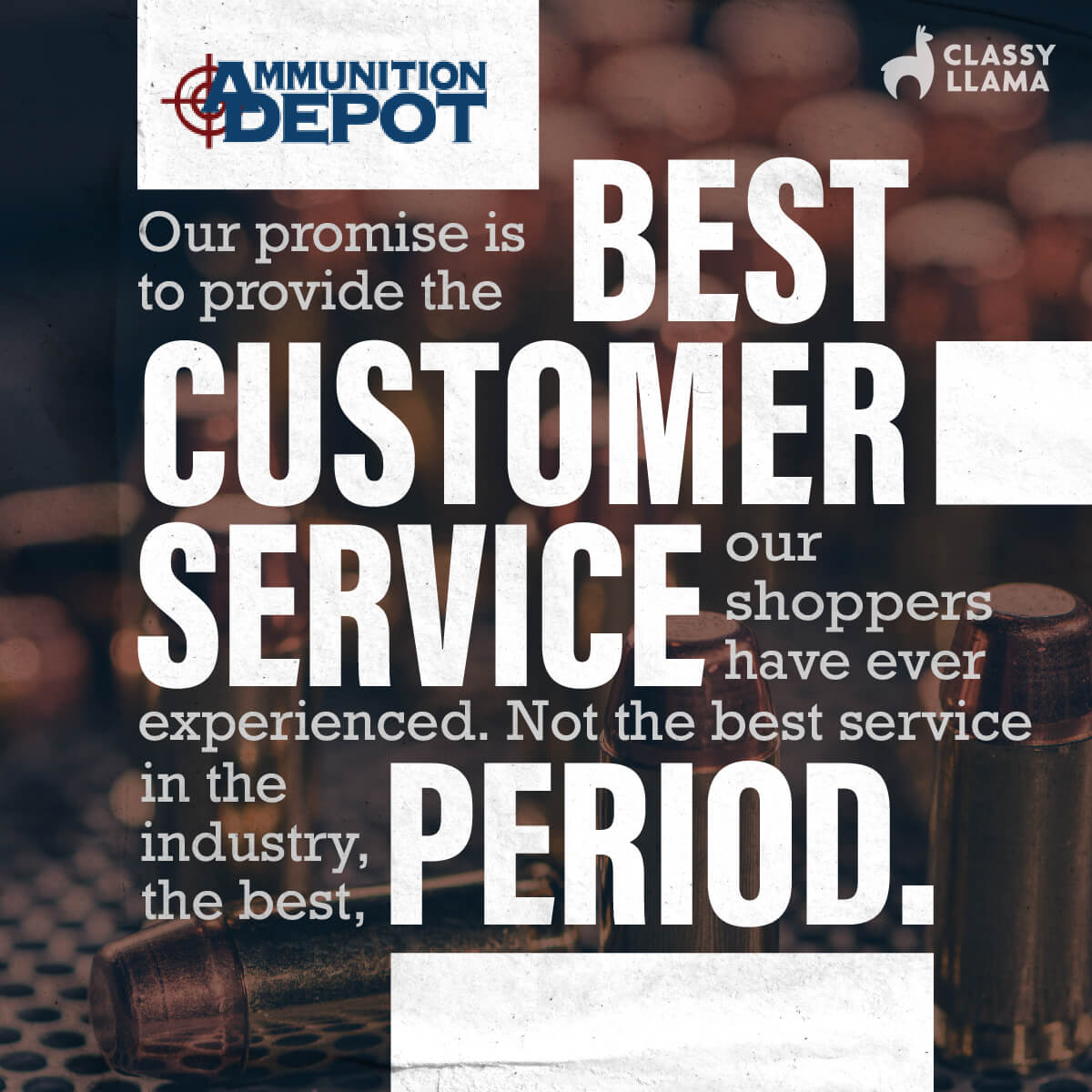
PRESTASHOP: NO ROOM FOR AMMO DEPOT TO GROW
Ammunition Depot‘s eCommerce platform, PrestaShop, was limiting their growth potential. They were running into problems with scalability and weren’t able to add new categories or SKUs without significant development support. Even worse, they couldn’t find the development support for PrestaShop they needed
This made the Ammo Depot team feel frustrated and limited in their ability to grow and serve their customers with the high quality customer service they desired. They knew they needed to move platforms, but were unsure what the next steps should be—only that whatever the solution was, it had to have as little effect on the customer’s experience as possible during the move. That’s when they came to Classy Llama.
AMMO DEPOT’S eCOMMERCE ROADMAP
The team at Classy Llama’s first step when creating strategic roadmaps for any eCommerce business is being absolutely sure we understand the brand’s vision, goals, and motivations. That way every recommendation we provide is assured to be in complete alignment with a client’s objectives.
When Ammo Depot came to us unsure of how to proceed, that’s exactly where we started: sitting down with Ammo Depot to discuss their passions and their needs, the biggest of which was a solid site on a platform that could allow their business to scale along with the ability to easily add new business channels.
From there, our team conducted an eCommerce assessment of the Ammunition Depot website and determined the best way for them to achieve their eCommerce goals was with a new website build on the Adobe Commerce (Magento 2) platform.
In an effort to streamline the build of key user experience elements on Ammo Depot’s site, we also included access to a group of Classy Llama developed extensions for Adobe Commerce (Magento) in their build. This package provided core UX components developed by our team over multiple years working on the Magento platform and was able to create excellent UX functionality, while also accelerating the UX portion of the build.
In order to maintain continuity of service and customer support that’s so important to Ammo Depot, the Classy Llama team began building a custom responsive Magento theme with a similar customer experience to their PrestaShop site. The custom theme is also designed to provide the Ammunition Depot team with a scalable and easy to maintain architecture.

Through Ammo Depot’s Magento 2 build, the Classy Llama team was also able to build in several features and integrations that further addressed the brand’s needs:
Restrictions Engine & Fraud Solution
As part of a future-proof scalability plan, the Classy Llama team built a configurable, rules-based engine inside of Magento that allows the Ammo Depot team to create rules that are capable of triggering actions based on a combination of product attributes, customer attributes, zip codes, and states. This engine is able to both affect the checkout experience both by messaging to a customer that they can’t proceed with their order, restricting shipping methods, and by placing orders in specific statuses for counter-fraud review. This engine is able to accommodate new products (such as firearms) easily meaning the Ammo Depot team doesn’t have to worry about product additions becoming an obstacle to their growth goals.
Federal Firearms Licensed (FFL) Dealer Selector
This store locator experience allows shoppers to ship their order to a local FFL holder and allows the Ammunition Depot team and customers to enter new potential markets.
Address Verification
This custom business logic built for Ammo Depot is designed to flag shipping addresses for verification, eliminate that verification after a certain period of time, and alert the appropriate employee.
PARTNERING TOGETHER NOW AND INTO THE FUTURE
The biggest joy for llamas is to serve our clients through a project so well, they want to trust us with more work for their brand.
After the initial Ammo Depot site was rescued and launched on the Adobe Commerce (Magento) platform, their team signed on to an ongoing maintenance retainer with our team. Through that retainer, we’ve been able to provide even more services for Ammo Depot that run the gamut of our full-service offerings.
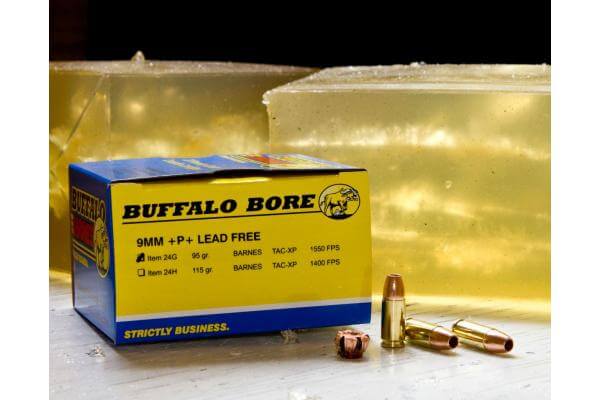
SEO and Core Web Vitals Audits
Last year, while under retainer with Classy Llama, the Ammo Depot team noticed that their site traffic had suddenly declined across the board and they had no idea why. They contacted the company that did their SEO work at the time and they couldn’t account for the cause of the issue either.
Turning to Classy Llama for help, our team recommended they start with our free Core Web Vitals Report, which is designed to give a high level overview of the problems on a website related to search rankings.
The results of that report were overwhelmingly negative, meaning their site scored low on the Core Web Vitals metrics, which accounted for the loss in organic web traffic and led the Ammo Depot team to ask Classy Llama to provide a full remediation audit for search ranking issues on their site. Once completed, the report delivered to the Ammo Depot team included recommendations for the following:
–SEO
-Internal Site Health
-Core Website Vitals
-SERP Features
-Backlinks
-Google Analytics
-Google Search Console
-Keywords
-Competitor reports
The ultimate goal of this audit was to determine recommendations for a plan that can ensure organic traffic increases, but more importantly, that organic revenue continues to increase year-over-year. Now, the Classy Llama Development team is working on the needed Core Web Vitals remediations, while the Digital Marketing Team focuses on implementing the rest of the search marketing recommendations from the audit, setting the Ammo Depot team up for success and growth.
AMMO DEPOT: ROOM TO GROW
Ammo Depot’s journey with Classy Llama is the kind of client relationship that makes llamas happy!
Not only were we able to provide site rescue support and get their initial launch off the ground, but since then, our ongoing relationship with Ammo Depot has given us the opportunity to truly partner with their brand and provide value to every aspect of their business.
In fact, our Account Executive team was able to connect with the Ammo Depot team at the end of 2021 and create a full 2022 roadmap of initiatives that our teams are now delivering on. That’s what we mean by “full-service eCommerce agency”—we’ve got your back on everything from platforms to payment solutions
As a result of our relationship with Ammo Depot, their team has what they need to keep their promise of efficient customer service and the best ammo prices around—giving them even more room to grow.




